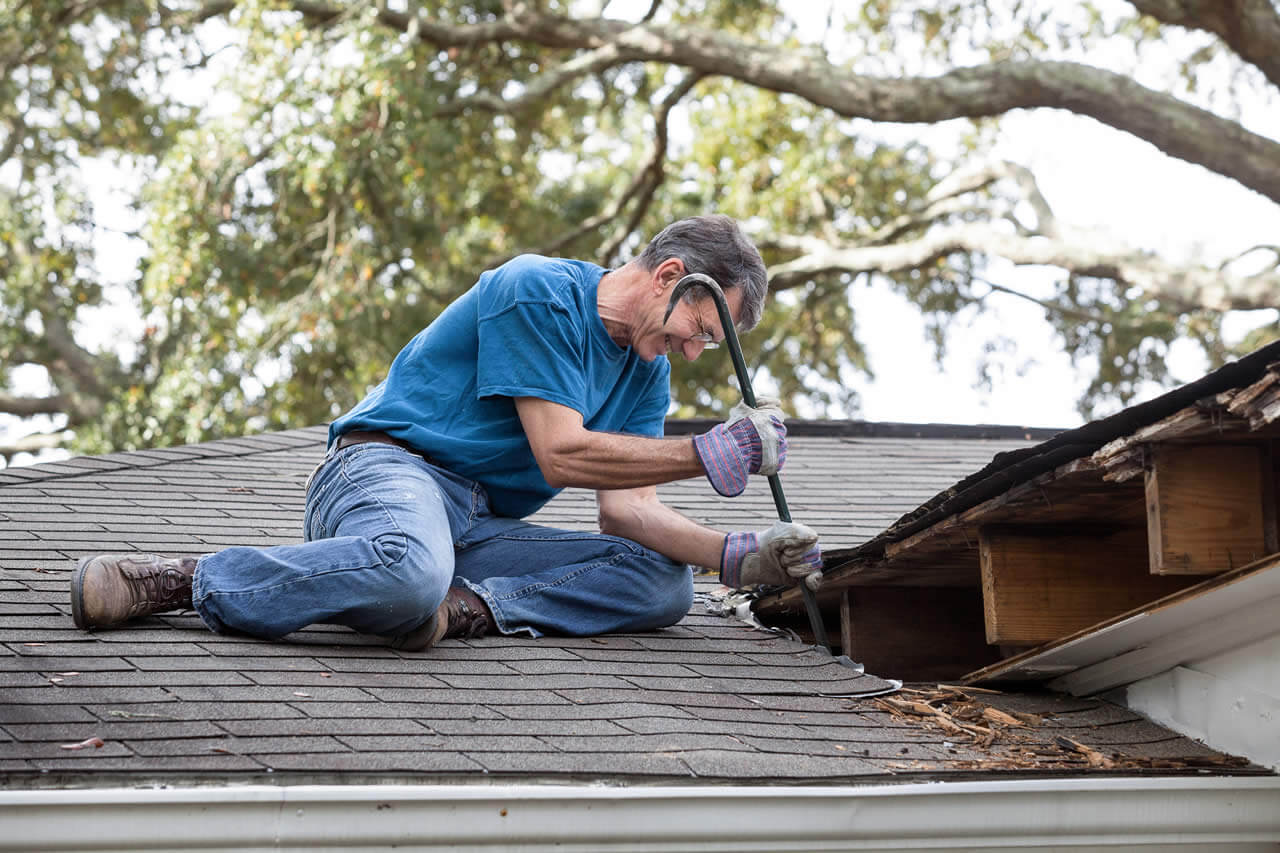Yearly Home Maintenance Calculator
The amount you spend on annual home maintenance varies based on several factors including the age, size, location, and condition of your home. I tell homeowners that they should expect to put 1% to 4% of their home’s estimated value in a separate and easily accessible savings account for annual maintenance expenses throughout each year. For example, if your home is valued at $250,000, I would suggest a budget of approximately $2,500 to $10,000 annually for general upkeep costs, as well as the creation of an emergency repair fund for larger repairs that are sure to come up in the future.
Annual Home Maintenance Cost Estimator

How Much to Budget for Home Maintenance
Regular upkeep not only ensures that your home remains a safe and comfortable haven for you and your family, but also helps in retaining and possibly increasing its value over time. Below, we’ll break down the yearly home maintenance costs in each of the main areas that homeowners commonly need to maintain, helping you plan and budget effectively. Keep in mind, this is not money for home improvement projects as much as it’s dedicated to home maintenance and repair.
An emergency fund for home repairs is intended to be your savings account for sudden and unplanned expenses related to your home. Your emergency fund should accrue annually, growing larger as the maintenance needs of your home get more costly when large items need replacement. This could include urgent repairs like a broken furnace in winter, an older or leaking roof, plumbing emergencies like a sewer line being clogged with underground roots, or other critical issues that need immediate attention.
Covers minor repairs, deep cleaning, painting, and general upkeep tasks inside the home. Keeps the interior in good condition.
Includes painting, repairing siding, and other outdoor repairs. Essential for maintaining the home’s exterior appeal and integrity.
Servicing major appliances such as refrigerators, ovens, washers, and dryers to extend their lifespan and improve efficiency.
Includes servicing heating, ventilation, and air conditioning systems. Tasks like cleaning or replacing filters, checking thermostats, annual tune ups and general system checks.
Involves checking for leaks, cleaning drains, septic cleaning and inspecting water heaters. Regular checks help prevent major repairs.
Consists of inspecting wiring, testing smoke detectors, and ensuring all outlets are functioning. Identifies potential hazards.
Annual inspections to identify damages or wear, such as missing shingles or leaks. Essential for preventing water damage.
Cleaning gutters at least twice a year to ensure proper water drainage and prevent water damage.
Regular mowing, trimming, weeding, and general yard upkeep. Maintains the aesthetic and health of outdoor spaces.
Regular inspections and treatments to keep the home safe from infestations and pest-related damages.
Designed to Help You Budget for These Home Expenses
When creating a calculator for homeowners to plan and budget for home repair and emergency expenses, aside from categorizing by specific types of repairs (like HVAC, plumbing, roofing, etc.), you can also classify budget types based on several other criteria. Here are some useful classifications:
Emergency and Urgent Home Repairs
Immediate, unplanned repairs necessary for safety or to prevent further damage. These type of repairs include burst water pipes, electrical faults, HVAC system failure, a roof leak, broken window, etc.
- Electrical Issues
- Water Leaks and Flooding
- Sewer Backup
- Broken Heating System in Winter
- Non-Functioning Air Conditioning in Extreme Heat
- Roof Damage or Leaks
- Compromised Security Systems
- Broken Windows or Doors
- Structural Damage
- Pest Infestations (of Hazardous Pests)
- Blocked or Malfunctioning Chimney
- Overflowing Toilet
Routine Frequency and Annual Maintenance
Regularly scheduled tasks to maintain the home’s condition and keep it in good condition. These are general tasks like the servicing of your home HVAC system, cleaning your gutters twice a year, lawn services like cutting and overseeding, etc. If you live in an area that is prone to snowfall, you would include snow plowing or removal if needed.
- Annual HVAC System Servicing
- Roof Inspection
- Gutter Cleaning
- Chimney Inspection and Cleaning
- Water Heater Draining
- Septic Tank Inspection
- Pest Control Inspection
- Window and Door Sealing
- Smoke and Carbon Monoxide Detectors Check
- Lawn Equipment Servicing
- Exterior Painting Touch-Ups
- Driveway and Walkway Sealing
- Shrub and Tree Trimming
- Sprinkler System Maintenance
- Backup Generator Tune-up and Safety Check
Non-Urgent Small Home Repairs or Updates
These are generally items that are in need of repair like a slow, leaking faucet that continues to drip or a door that sticks open or closed. It can also encompass maintenance tasks like repainting a wall that was worn out, carpet cleaning, etc. They are not urgent and can wait until it’s more convenient to have done.
- Interior Painting
- Caulking Windows and Doors
- Replacing Old Light Fixtures
- Updating Cabinet Hardware
- Repairing Minor Drywall Damage
- Fixing Squeaky Doors and Floors
- Replacing Old Faucets
- Cleaning Carpets
- Servicing Major Appliances
- Refreshing your Landscaping
- Updating Window Treatments
- Grout Cleaning and Sealing
- Deck and Patio Furniture Maintenance
- Replacing Aged Smoke Detector Batteries
- Deep Cleaning the House
References and Data Sources
We make use of several resources to compile data used in our cost calculators. It assures you the most accurate cost estimates based on real scientific data from trusted resources. For this home maintenance budget estimator, we used the following sources:
- Cost of living data: US Department of Commerce, Bureau of Economic Analysis.
- Labor costs are calculated from the US Bureau of Labor Statistics and based on your zip code and state.
- The budget is compiled by using your location, the current market value and age of your home, as well as the age and life expectancy of the two most expensive utilities, HVAC and roofing, to determine an approximate amount you should budget for maintenance and repairs every year.
- We’ve removed all personal identifying data and used aggregate values only.

